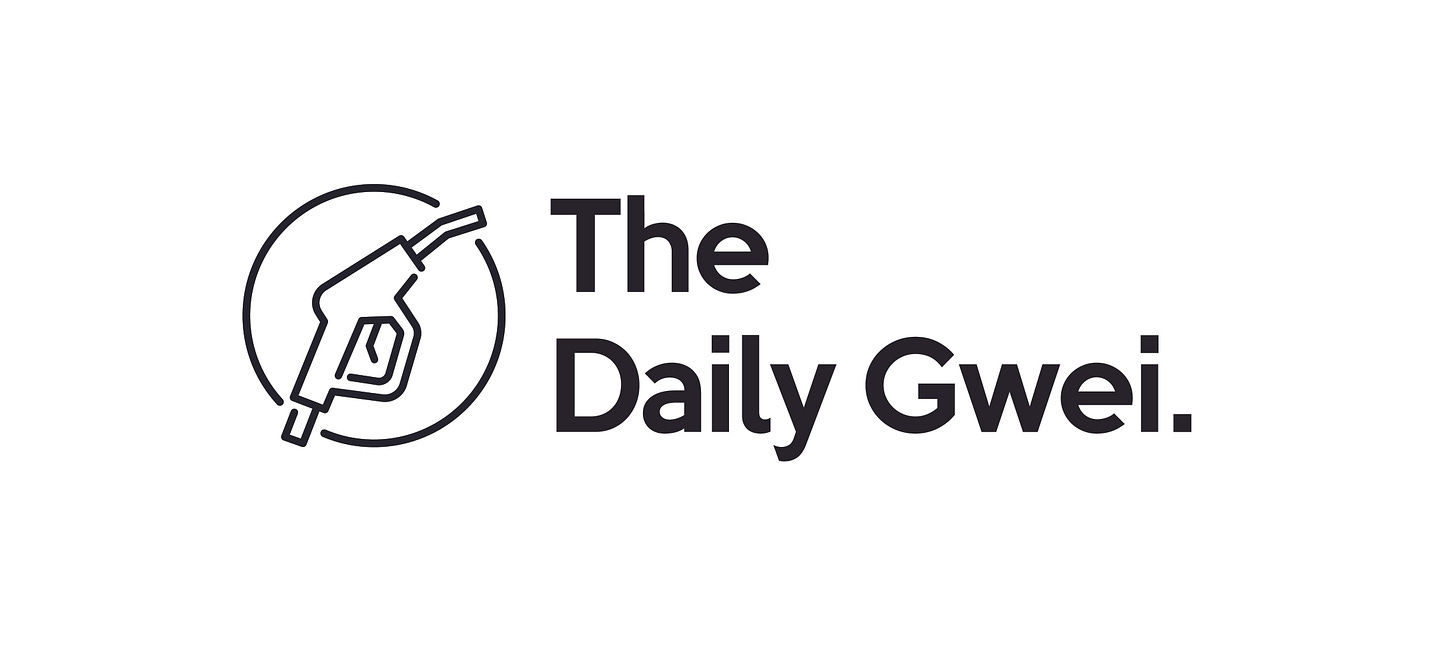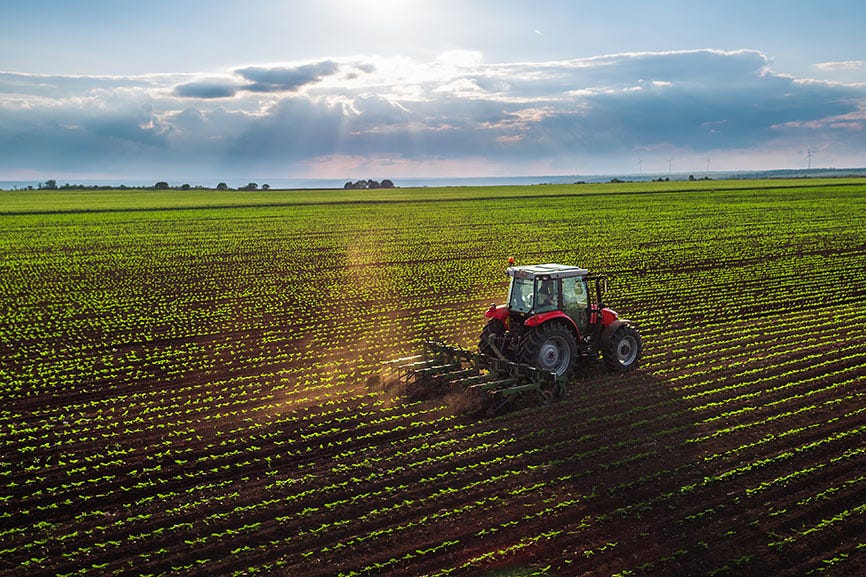Sustainable Farming - The Daily Gwei #54
Breaking down the three different forms that yield farming has taken.

There are many different kinds of yield farming experiments being run on Ethereum lately and I think that it’s time for the industry to start categorizing them in order to better understand this rapidly evolving space. To that end, today’s piece will cover how I’m currently thinking about what each form of yield farming looks like.

The first form is what I like to call “flash farms” which are subsidized short-term farms that are meant to rapidly distribute tokens to a wide set of participants. The obvious examples here are YAM and YFI as these farms only last for a few days or weeks and have finite caps on the amount of tokens that were being issued. Flash farms are also incredibly risky as they tend to use unaudited and untested code (though the popular approach for some of these flash farms has been to fork existing staking contracts like Synthetix’s). These farms are obviously not sustainable but the main point of them is to quickly build a community of loyal supporters who will later work to bring value to the token through a decentralized governance process.
The second form is what I refer to as “subsidized long-term farming” that can last years and these schemes are put into place by teams in order to grow liquidity and capital locked for their respective protocols. These schemes can take different forms with examples including Balancer which is paying out BAL tokens to subsidize liquidity for high-volume trading pools, Curve which is paying out CRV tokens to subsidize the yields generated on the platform and mStable which is paying out MTA for people to add liquidity to Balancer/Uniswap pools in order to bootstrap mUSD and MTA liquidity. Additionally, this longer term farming acts as a way to distribute tokens to a wide set of users for use in governance at a later date.
Lastly, we have “unsubsidized, sustainable long-term farming” that comes in the form of natural yields. This form of farming is sustainable because it relies on natural market forces instead of token subsidies in order to generate a yield for users. Examples of this include yield generated on depositing stablecoins or other tokens into Compound or Aave, providing liquidity to a Balancer or Uniswap pool to generate yield via fees or putting your mUSD into the mStable SAVE app to generate yield from lent out stablecoins and swap fees. Naturally I’m discounting all of the current token incentives that these protocols offer and just counting the yield generated by other users in the system such as those borrowing the funds on Compound or Aave and trading in the Balancer or Uniswap pools.
I believe that all of these forms have their own merits and act to improve upon each-other but the main difference is definitely the risk involved. Flash farms are incredibly risky & volatile while both the subsidized and unsubsidized long-term farms tend to be safer and more stable. In most cases, I favor the subsidized long-term farming because I believe it is the best way to build both a core community and a sustainable protocol over the long-term. Though in some cases, I much prefer the “flash farms” like YFI and YAM because when done right, these farms are an unstoppable way to build an active and lasting community.
Have a great day everyone,
Anthony Sassano
All information presented above is for educational purposes only and should not be taken as investment advice.



